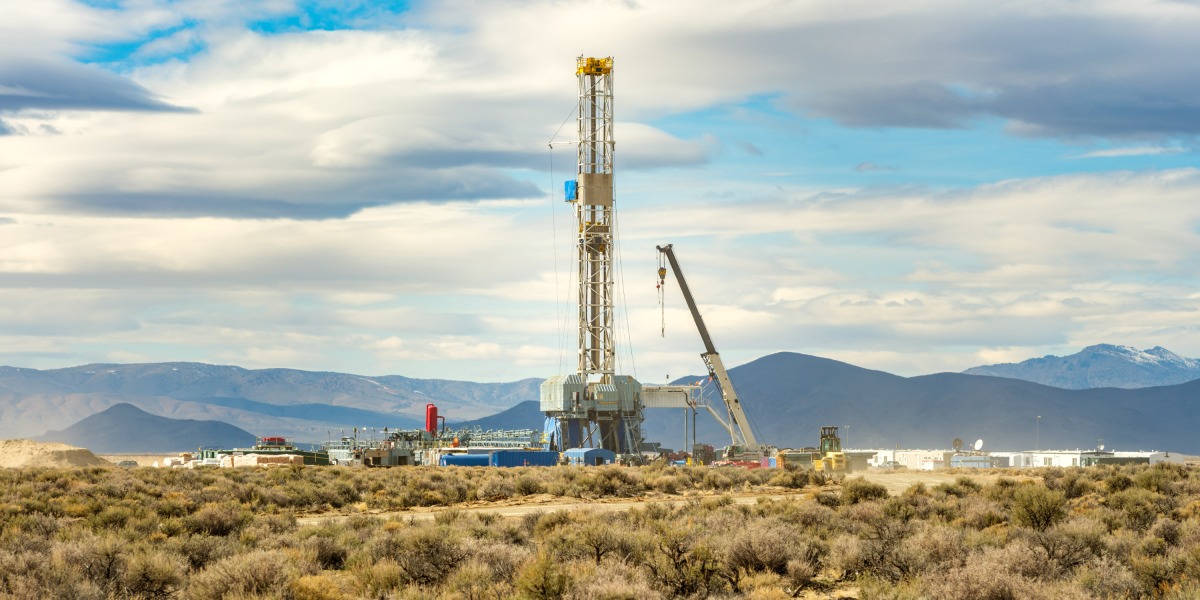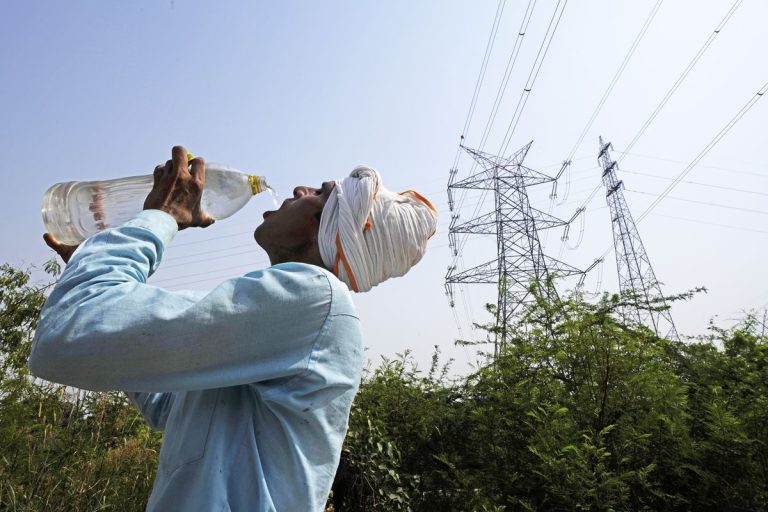
The big squeeze
Let’s go back to high school physics one more time for another concept: pressure. If you squeeze something into a smaller space, you’re raising the pressure.
Turning that pressure into usable energy is the idea behind compressed-air energy storage. All you need is an underground salt cavern. When you’ve got electricity you need to use, you can run pumps to push air inside the cavern. Then, when you need to get energy out, just release a valve and let the escaping air spin a turbine to generate electricity again.
There are only a couple of these facilities running worldwide, one in Germany and another in Alabama. In the past, they’ve been tied up with fossil fuels, since they usually work alongside natural-gas power plants. But now companies want to reimagine compressed-air storage, using it for renewables and expanding where it can be used.
Earlier this year, local governments in California signed contracts with Hydrostor, which is building what would be the world’s largest compressed-air storage facility. Instead of relying on natural geological conditions, Hydrostor will drill three shafts deep into the earth to store the compressed air.
It’s a billion-dollar project, and it could be operating as soon as 2028 to store energy and help smooth out California’s grid using nothing but air.
Other groups want to take a different approach to the same concept. Energy Dome, an Italian startup, wants to compress carbon dioxide instead of air to store energy. This wouldn’t require large underground storage caverns at all—for more on the details here, check out my story from last year on Energy Dome.
Earth to battery
Some groups are also looking to pair these new approaches to energy storage with efforts to generate electricity, making new power plants more flexible.






